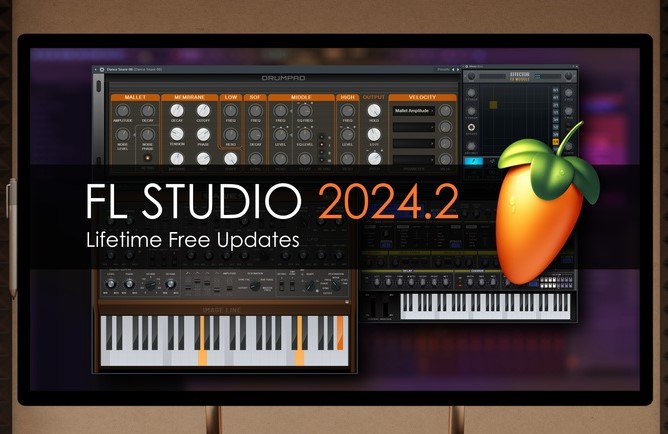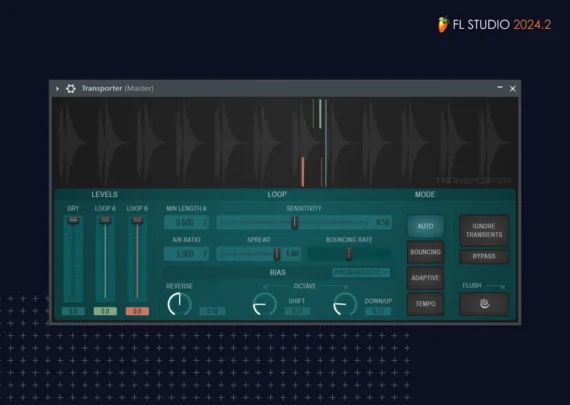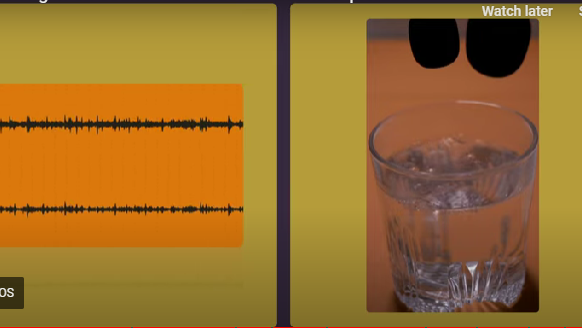FL Studio 2024.2 Has Officially Landed Offering Music Producers More Flexibility & Lifetime Free Updates

Image-Line has announced the release of a new update to its popular digital audio workstation software. Packed with a handful of cool new features in its latest FL Studio 2024.2 update, and thanks to Image-Line’s Black Friday sale, you can pick it up this week with savings of up-to 30% on the usual price.
FL Studio: Save up to 30% on Producer, Signature or All Plugins Bundles, and up-to 38% on FL Cloud. FL Studio – the DAW formerly known as FruityLoops – is a well-equipped application for those taking their first steps in music production, or as a second DAW for experienced producers. Its loop-focused workflow is great for dance music and hip-hop. All users get lifetime free upgrades.
What makes FL interesting compared to other DAWs is its loop-focused workflow, which makes it particularly adept at producing genres like hip-hop and dance music. Its longstanding step sequencer and piano roll tools are rightly beloved too.
The headline feature of the 2024.2 update is Transporter, a new loop-focused effect plugin designed for on-the-fly experimentation. It also adds several user-requested features, including scalable plugin UIs, a low-latency monitoring mode and the ability to hot swap loops from Image-Line’s FL Cloud service.

The update follows in the wake of FL Studio’s big 2024 update, which dropped earlier this year and added a suite of generative MIDI tools, a new virtual analogue synth called Kepler, a sub-bass enhancer and more.
FL Studio was also one of the first applications to introduce AI-powered stem separation into its workflow – a move that is quickly becoming the standard across the DAW sphere.
Image-Line’s FL Cloud subscription service has also been significantly expanded this year, which offers a variety of third-party plugins from developers including Native Instruments and UVI. Highlights include Baby Audio’s TAIP tape emulation tool and Minimal Audio’s Rift distortion. FL Cloud also gives users access to a vast sample library, AI-powered mastering and music distribution via DistroKid.
“At Image-Line, we’re all about helping music makers—whether they’re just starting out or seasoned pros,” said Constantin Koehncke, CEO of Image-Line.
“With AI shaking up the music world, we see both exciting possibilities and new challenges but it doesn’t change our goal: making music production easier and more fun for everyone. We’re thrilled to see so many new producers choosing FL Studio, motivating us to keep innovating with updates like FL Studio 2024.2. This holiday season, we’re offering FL Studio at its best price yet, with pricing tailored to different markets to keep it accessible to everyone.”
FL Cloud is available in three tiers, each of which offers a different number of plugins, ranging from a free tier that offers 10 plugins (including Baby Audio’s Super VHS and iZotope’s Ozone Elements) to a Pro subscription. As of the latest update, Pro tier subscribers also get access to a fresh selection of preset packs for Image-Line’s flagship FLEX synth.
In the Black Friday sale, you can pick up the Producer Edition of FL Studio – including 94 instruments and effects, with audio recording and stem separation – for £149/€169/$139. The Signature edition, which ups the instrument/effect count to 103, is £199/€239/$199. The top end All Plugins Edition, with 116 instruments and effects, is £315/€379/$314.
FL Cloud is also included in the Black Friday sale, where users can save up to 38% on annual subscriptions to FL Cloud’s Plus and Pro tiers.
The offer is available exclusively through the Image-Line website until December 5th, 2024.



